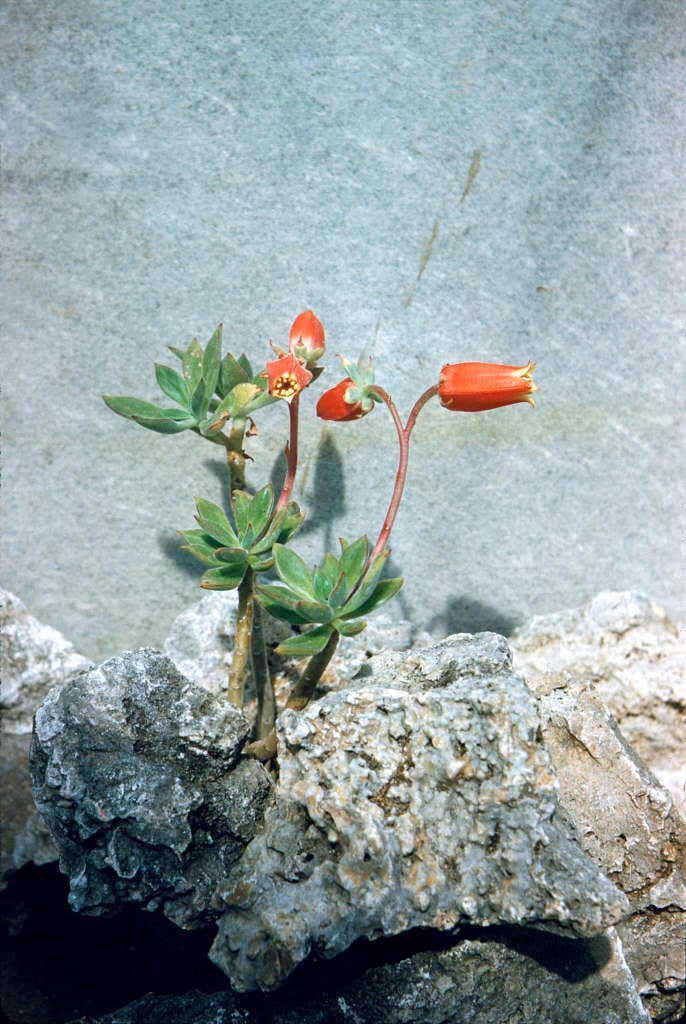Size
Ultimate height
0.1–0.5 metresTime to ultimate height
5–10 yearsUltimate spread
0.1–0.5 metresGrowing conditions
Moisture
Well–drainedpH
Acid, Alkaline, NeutralColour & scent
| Stem | Flower | Foliage | Fruit | |
| Spring | Red Yellow | Green Red | ||
|---|---|---|---|---|
| Summer | Green Red | |||
| Autumn | Green Red | |||
| Winter | Green Red |
Position
- Full sun
Aspect
West–facing or South–facing
Exposure
Sheltered Hardiness
H2Botanical details
- Family
- Crassulaceae
- Native to GB / Ireland
- No
- Foliage
- Evergreen
- Habit
- Bushy
- Genus
Echeveria can be evergreen succulent perennials or subshrubs with rosettes of colourful, fleshy leaves and racemes or panicles of urn-shaped flowers
- Name status
Correct
- Plant range
- Mexico
How to grow
Cultivation
Grow under glass in a peat-free, loam-based potting compost with added extra grit. Water moderately when in growth; not at all when dormant. Apply a balanced liquid fertiliser 2 or 3 times in the growing season. See Echeveria and houseplant cacti and succulent cultivation for further advice
Propagation
Propagate by seed sown as soon as ripe or by root, stem or leaf cuttings in spring
Suggested planting locations and garden types
- Patio and container plants
Pruning
No pruning required
Pests
May be susceptible to mealybugs, aphids and vine weevils
Diseases
Generally disease-free
Get involved
The Royal Horticultural Society is the UK’s leading gardening charity. We aim to enrich everyone’s life through plants, and make the UK a greener and more beautiful place.
